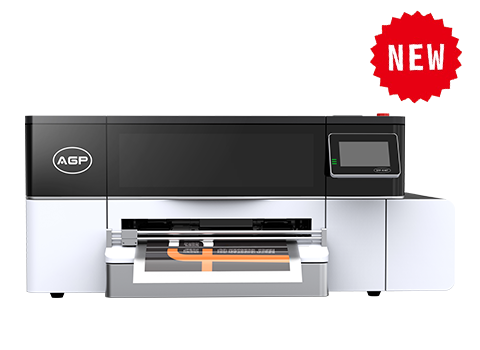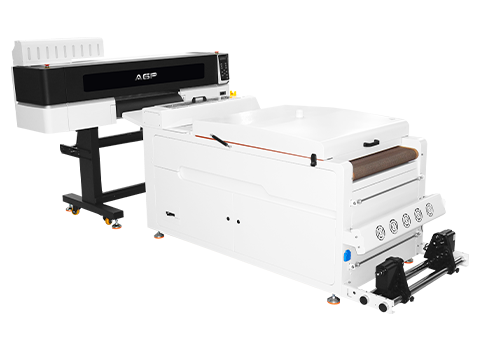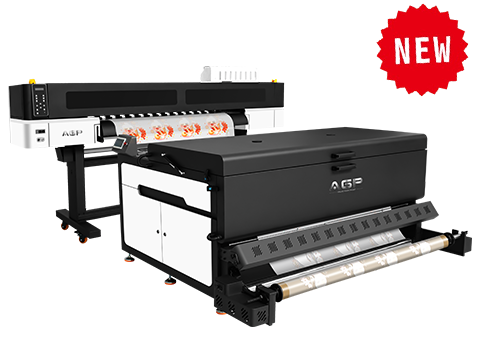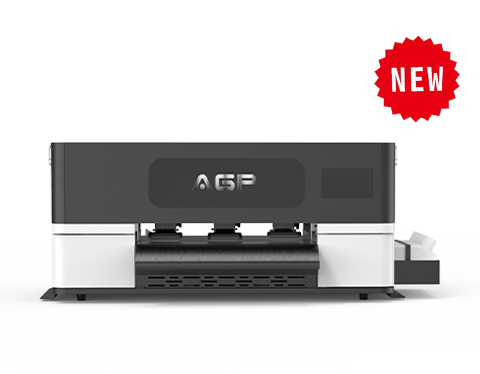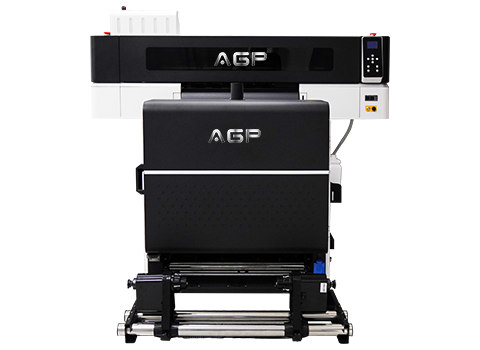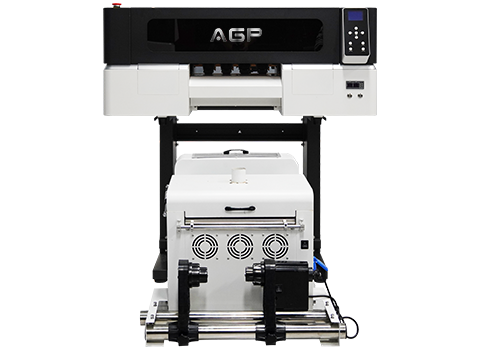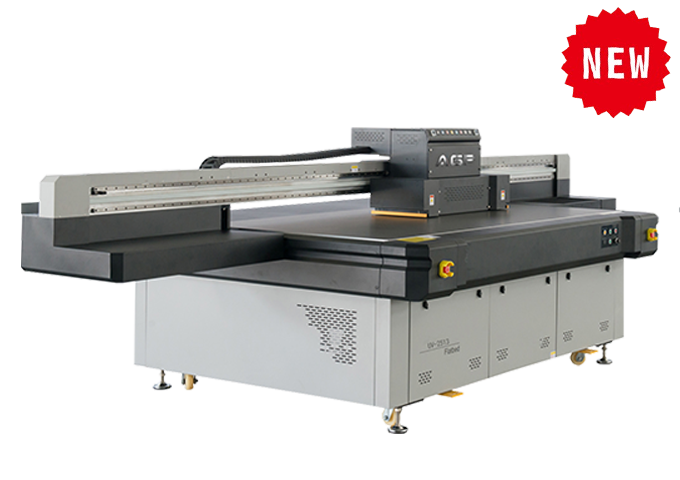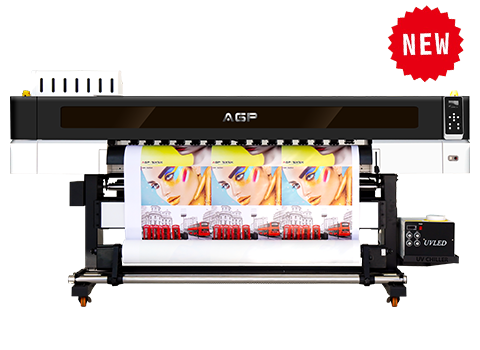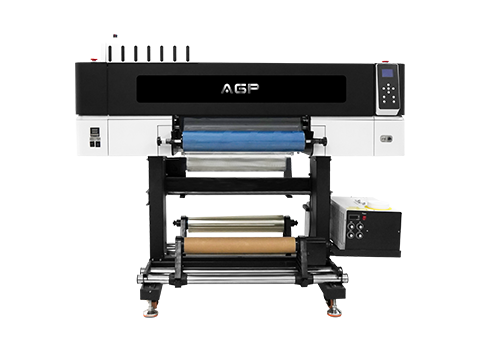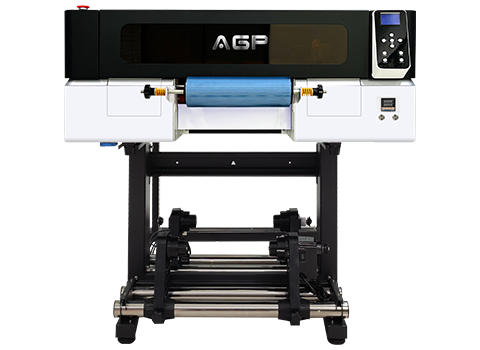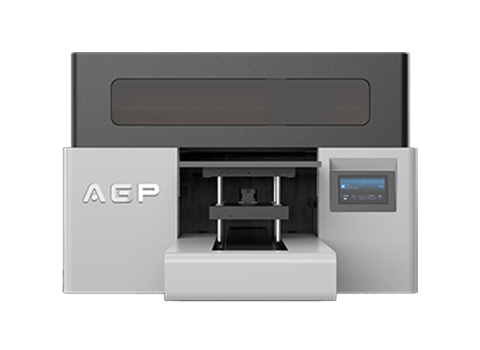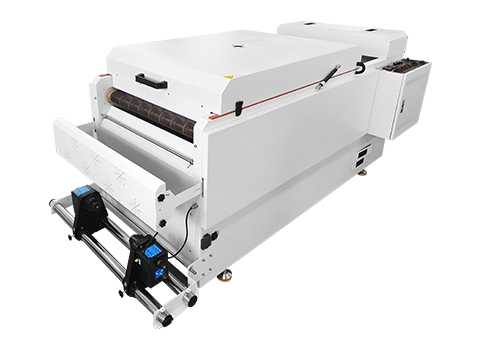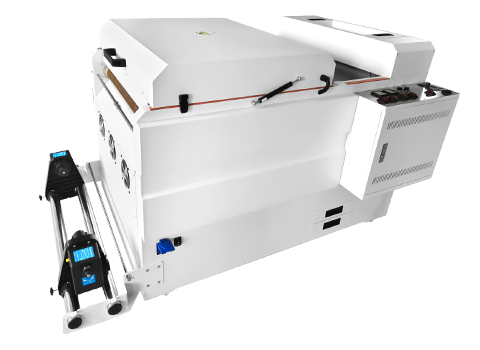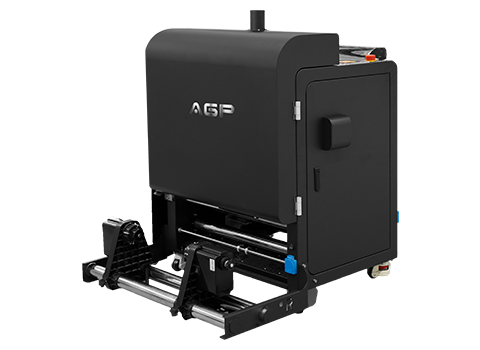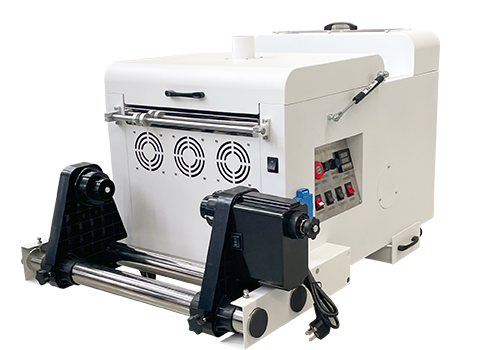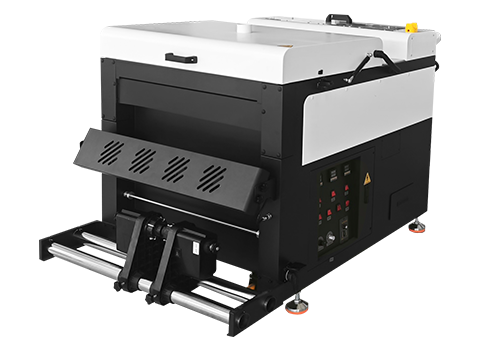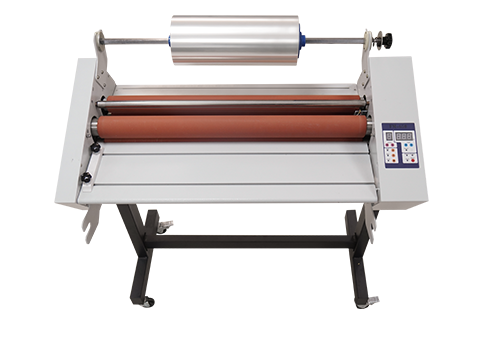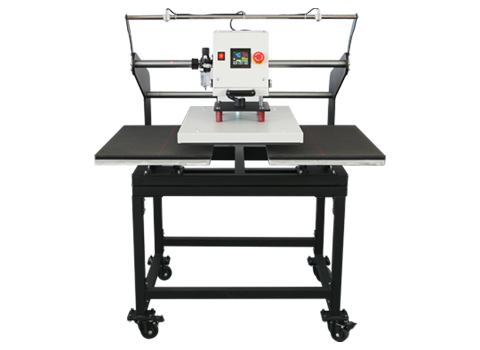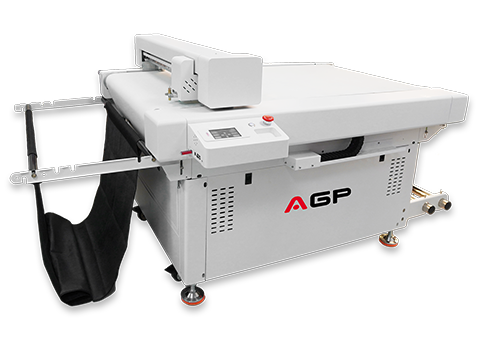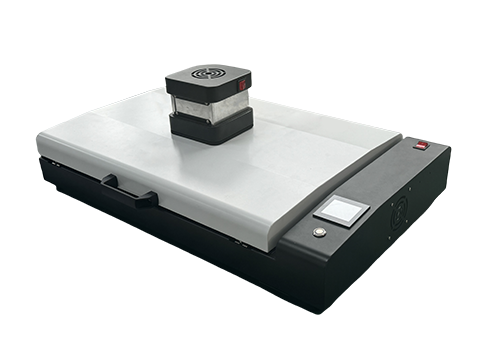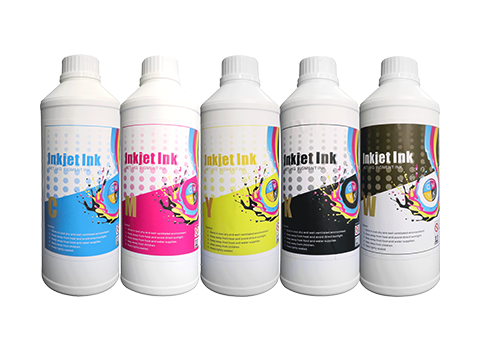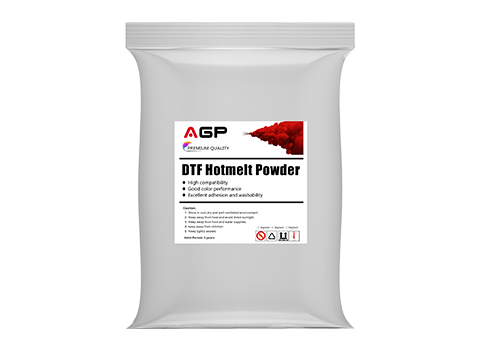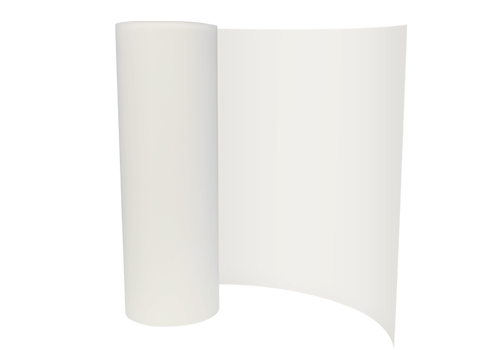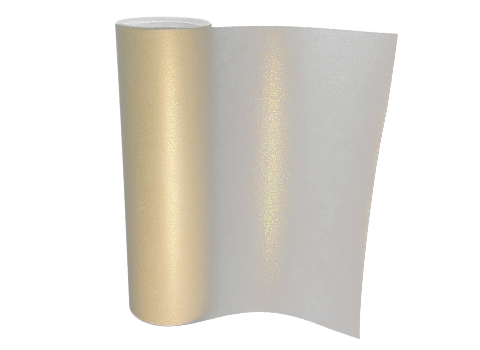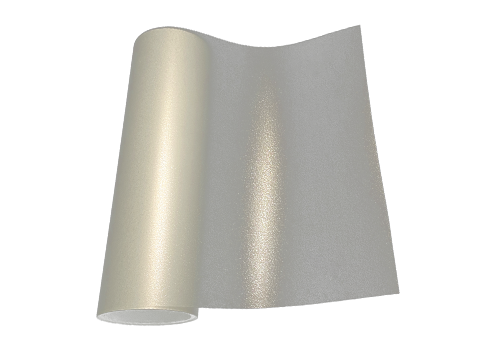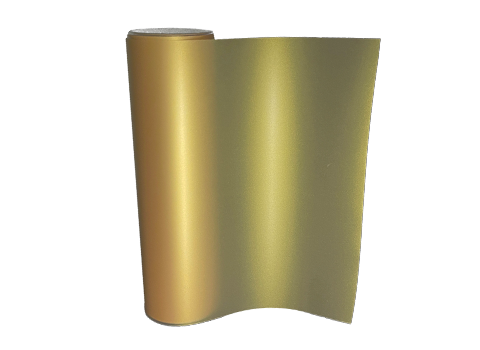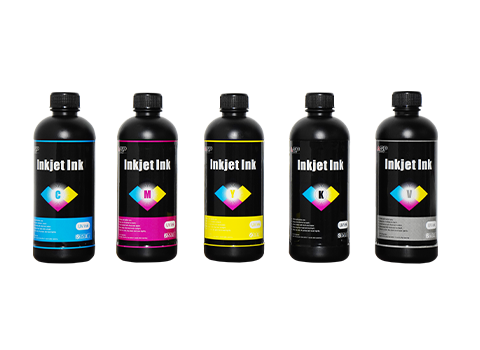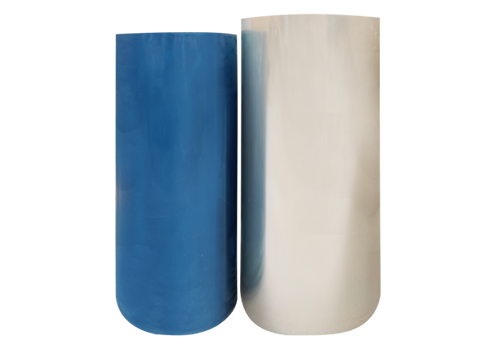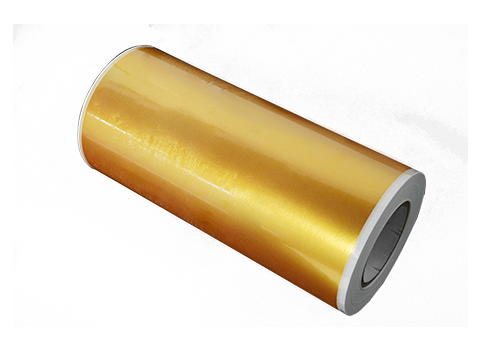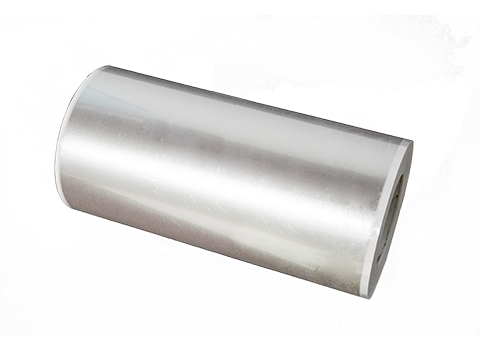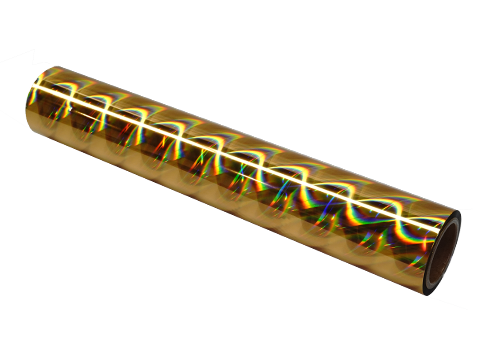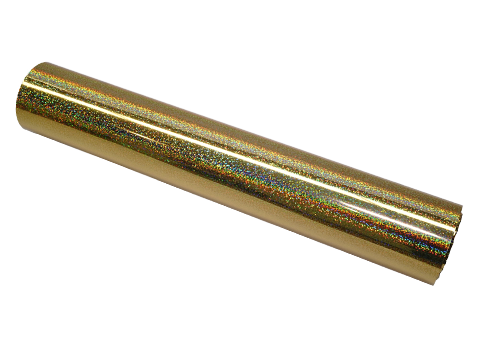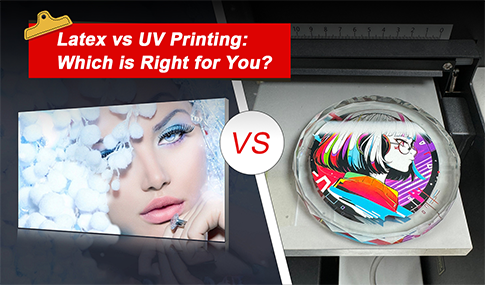How to Select the Best Background Color for DTF Printing and Make Every Print Pop?
If you have experience with DTF Printing, then you already know it's a total game changer: brilliant colors, amazing design detail, and it can be used on all types of fabric. But, there is one overlooked detail that can determine the success or failure of your final piece: the background color.
You’ll be amazed at the influence a background has on color contrast, image clarity, and even how the design is perceived. This is not merely a design choice but also a technical one. In this article, we will analyze the significance of background color, how to make smart background color choices, and what works better in certain situations.
Let’s get in there and make your DTF prints shine!
Why Is Background Color Selection Important?
When designing images for DTF printing, the background color isn’t just “filling space”; it establishes the overall design. It affects how the design feels, how the colors pop, and whether the final design looks polished versus messy.
Here’s why it matters:
- Contrast & Visibility: This is how a background color influences your design. For instance, light text on a white background can get lost, whereas a dark design on a black background can be too much of a pop and appear distorted.
- Ink Behavior: DTF ink has different laying properties depending on the color. If not controlled, a strong contrast might lead to bleeding or rough edges.
- Fabric Compatibility: What is effective on white cotton cannot be effective on black polyester. The color of the background is determined by the type of garment and the base color.
- Mood & Branding: Color expresses feeling. Light pastel tones work best for baby clothing, while deep black could be appropriate for streetwear.
The goal is to find harmony between the design and background so that the print speaks for itself, boldly, clearly, and attractively.
Background Color Scheme Comparison and Applicable Scenarios
The background color is not irrelevant. Some excel when used in specific environments, while others are more general-purpose.
The following are common color schemes and where they perform the best:
1. White Background
The white background has the most versatility in DTF printing. It is great for just about any design, but especially for designs that are bright, colorful, or pastel-intensive. It is also a safe and much used neutral that makes colors pop and appear brighter, but we all know that white can also feel a little boring or lifeless if it is not working with something interesting or vibrant as a design. When utilizing white backgrounds, the key is to have work with enough detail or contrast to pop from the white.
2. Black or Dark Backgrounds
Neon colors, bold graphics, and streetwear styles look best on black or dark backgrounds. They provide high contrast and a very modern, edgy feeling, but they tend to dominate softer designs and may be more difficult to work with on dark- colored apparel.
3. Gradient or Two-Tone Backgrounds
Two-tone or gradient backgrounds work well for artistic, abstract designs. These add depth and a bit of style to your prints, but they are difficult to reproduce accurately when printed and need to be color-managed carefully to avoid blending.
4. Neutral Backgrounds (Gray, Beige, Pastels)
Gray, beige, and other light pastels are classic backgrounds for personal brands, baby clothing, modest prints, and lifestyle objects. They can also make bold or high-impact designs dull, and should therefore only be employed with low-key artwork.
3 Steps to Optimize Background Color Selection
Instead of guessing what works best, follow these three solid steps:
Step 1: Understand the Design and Target Fabric
Before selecting a background, consider asking yourself:
- Is the design bold or subtle?
- Is it text-heavy, graphic-heavy, or photo-based?
- What’s the color of the garment it’ll be transferred onto?
As an example, a white shirt with a pastel floral pattern would complement a soft background perfectly, but that same background would be lost on a dark hoodie.
Step 2: Test Contrast and Color Balance
Employ Photoshop, Canva, Procreate, or another design tool to play with your image against different backgrounds.
- Consider how each color interacts with the background.
- Test to see if the text is readable, if details are sharp, and if anything has become too overpowering.
A good way to check is to zoom out to see the design as a thumbnail. If it is still readable, your color balance is good.
Step 3: Run Test Prints If Possible
No monitor preview is ideal. When you’re ready to go to print, print a small version first. It helps you snag:
- Unintended ink fusion
- Bleached tones
- Over-Saturation
If you can’t do test printing, then at the very least have someone new look at things, as they may catch something you overlooked.
Tips to Make Your DTF Background Color Work for You
- Use Color Harmony Wisely: Complementary colors, or colors opposite each other on the color wheel, provide strong contrast and can make a design pop.
- Follow Brand Guidelines: If your print project is for a business or brand, be sure to follow their color palette.
- Consider Accessibility: High-contrast designs are not only visually appealing, but they are also easier for everyone to read, including folks with vision challenges.
Conclusion
The optimal background color for DTF printing is not merely an aesthetic decision, but rather a combination of experience in the craft of design, printing technologies, and the psychology of an audience. Selecting it with care will make your work pop, improve clarity, and assist you in not making expensive printing errors. Trust your design intuitions, test them, and experiment.
Happy printing!

